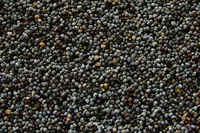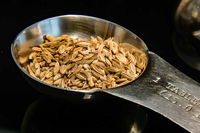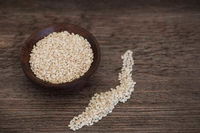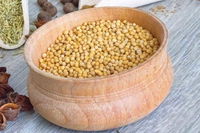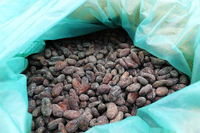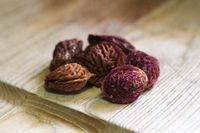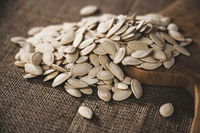
Seed You Later Trivia Quiz
Guess the Plant Seeds
All these plants start from a modest seed, some tiny and some not so much! Match each of these distinctive plant seeds with what they will later grow into. (Click the images for a closer look!)
by trident.
Estimated time: 3 mins.
- Home
- »
- Quizzes
- »
- Science Trivia
- »
- Botany

